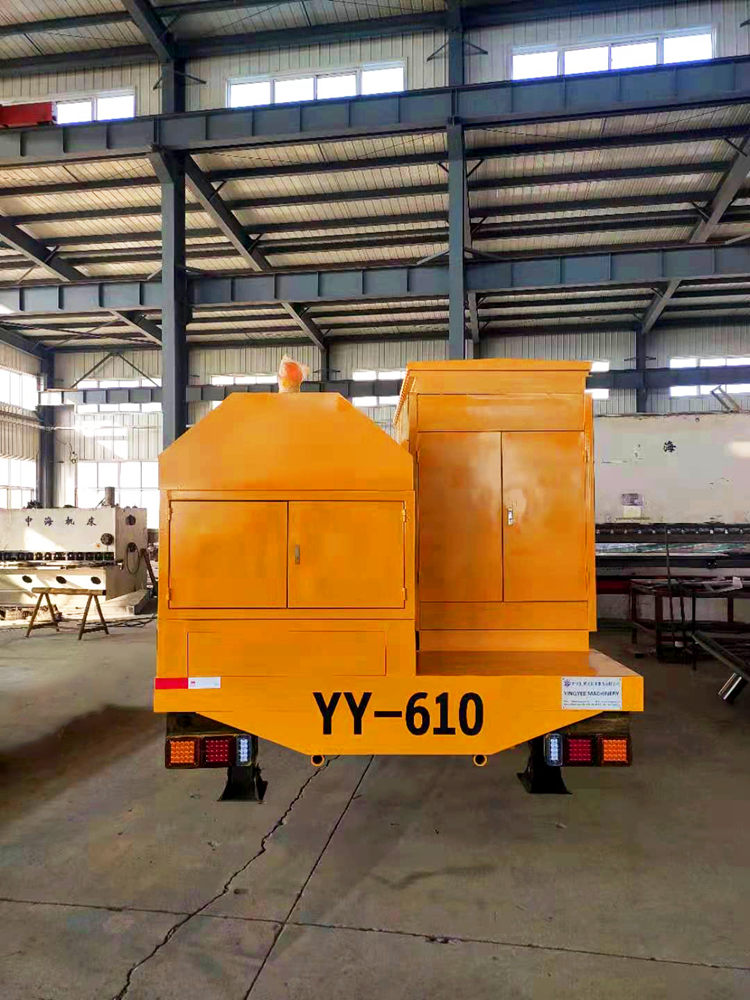
Exploring the ERW Tube Mill Machine A Key Player in Manufacturing
In the realm of modern manufacturing, the Electric Resistance Welding (ERW) tube mill machine stands out as a critical piece of equipment, playing a vital role in the production of welded tubes and pipes. This innovative machine is designed to produce high-quality, precision tubes used in various industries, including construction, automotive, and energy. Understanding the functionality and significance of the ERW tube mill machine provides insight into why it is indispensable in today’s manufacturing landscape.
Introduction to ERW Technology
The ERW technique involves the welding of steel sheets or strips into tubes through an electrical resistance welding process. Unlike traditional welding methods that require the manual application of heat, the ERW process utilizes the heat generated by the resistance encountered when electrical current flows through the edges of the metal that is to be joined. This method not only enhances the speed of production but also ensures consistent quality and reduced manufacturing costs.
Components of the ERW Tube Mill Machine
A typical ERW tube mill machine comprises several key components
1. Uncoiler This device feeds the raw material, usually in the form of coils, into the mill. Proper alignment and feeding are crucial for maintaining the accuracy of the final product.
2. Forming Units These units shape the raw material into a tubular form. They consist of various rollers that progressively bend the steel sheet into a cylindrical shape.
3. Welding Section This is the heart of the ERW tube mill machine. The edges of the formed tube are brought together, and an electrical current is passed through them, creating a molten weld pool that cools to join the seams.
4. Sizing Section After welding, the tube is passed through sizing rollers to achieve the desired dimensions and tolerance. This stage is essential for ensuring that the finished product meets specific industry standards.

5. Cooling and Cutting Unit Finally, the welded and sized tube is cooled and cut to the required lengths. This unit may also include additional features for surface treatment and inspection.
Advantages of Using ERW Tube Mill Machines
ERW tube mill machines possess several advantages that make them popular among manufacturers
- Efficiency The continuous process of the ERW tube mill allows for high-speed production, significantly increasing output compared to traditional methods.
- Quality Control With precise engineering and automated processes, ERW machines produce tubes with uniform quality, reducing the risk of defects.
- Cost-Effectiveness The minimization of labor costs and material waste contributes to lower operational expenses, making ERW technology an economically viable option for producers.
- Versatility ERW tube mill machines can produce tubes of various diameters, wall thicknesses, and lengths, catering to a wide range of applications.
Conclusion
The ERW tube mill machine exemplifies the cutting-edge of tube and pipe manufacturing technology. Its blend of efficiency, precision, and cost-effectiveness has positioned it as a cornerstone in industries that require reliable and durable tubes. As technology continues to evolve, the capabilities and applications of ERW tube mill machines are likely to expand even further, solidifying their role in the future of manufacturing. Investing in such advanced machinery not only enhances productivity but also aligns with the growing demand for high-quality, sustainable industrial solutions.